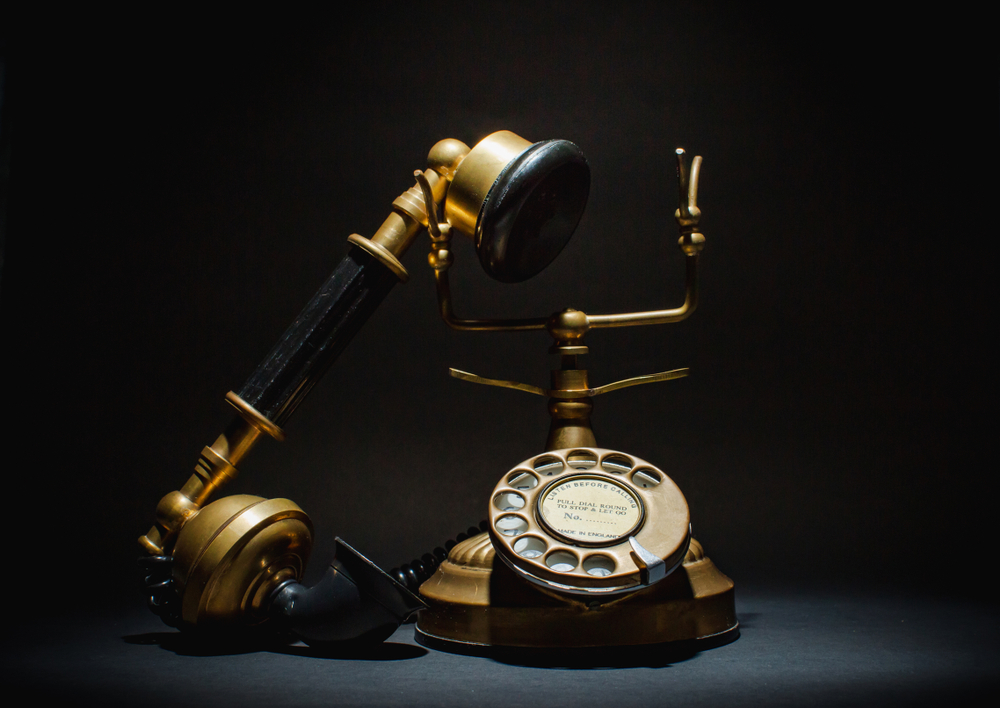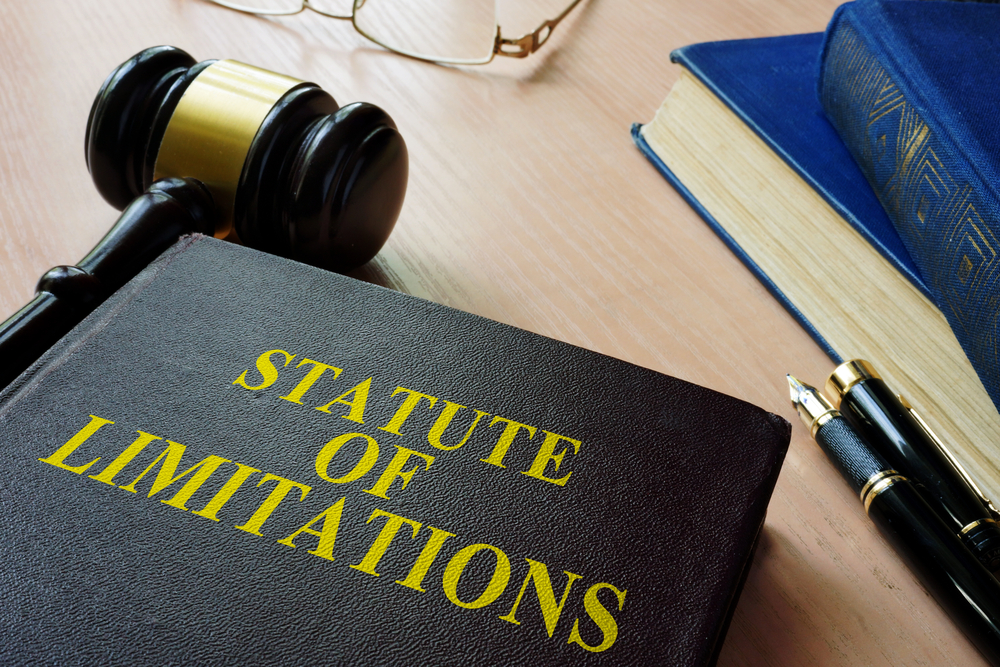Uncovering Another Fascinating History Behind Our Favorite Inventions
Believe it or not, one interesting story of inventorship is that of the telephone. Alexander Graham Bell is often credited as the inventor of the telephone. While Alexander Graham Bell did play a significant role in the telephone's development, the story has more depth. Bell was not the only one working on the telephone at the time. In fact, there were several other inventors. Elisha Gray and Antonio Meucci were two others also trying to create a device that could transmit sound over a distance. Despite the competition, Bell was the one who ultimately succeeded in bringing the telephone to the market. His design was the most practical and functional, and he was able to secure a patent for it in 1876. However, the patent process was not without controversy, and there were many who argued that Bell had stolen ideas from Gray and Meucci. Despite these accusations, Bell's patent was ultimately upheld, and Bell became known as the inventor of the telephone. Today, the cell phones are an essential part of our daily lives, and it's hard to imagine a world without it. This story of inventorship shows that even something as seemingly simple as the telephone has a complex and fascinating history behind it. Despite the history, it's surprising these others are not given more credit. If you have an intention that could become an essential part of our daily lives, it is worth patenting. Contact Tucker Law today to discuss preparing and filing your patent application with the help of a registered patent attorney to protect your world-changing idea.






